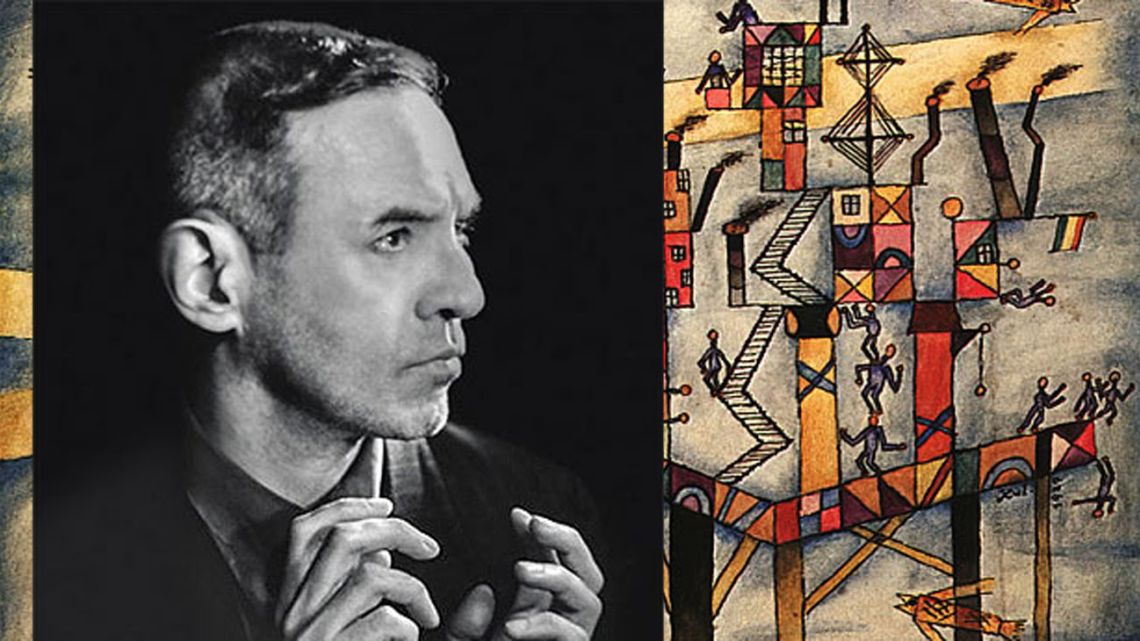Oscar Agustín Alejandro Schulz Solari He was born on December 14, 1887 in San Fernando, province of Buenos Aires. Better known as Xul Solar, he was an Argentine plastic artist with a unique style who died on April 9, 1963.
The eldest son of a Russian-Italian couple, his sister Sara died of typhoid fever, an illness that Xul also suffered from. In his youth, the family moved to the Federal Capital and Solar attended the North Section National School in the Palermo neighborhood. He worked with his father, who worked as an engineer at the National Penitentiary. In 1905 he decided to start a career in Architecture, which he abandoned two years later.
There was a great interest in music in the family and that is how Solar learned to play the piano and the zither. He forged a great friendship with the musician Juan de Dios Filiberto and with Vicente Scaramuzza. His two passions were the fine arts and music, but he was also interested in languages, religions, anthroposophy, numerology and astrology.
At the age of 25 and with the intention of arriving in Hong Kong, in 1912 he left for Europe, a trip from which he returned twelve years later renamed Xul Solar and with the desire to make known the new artistic currents in our country.
A tireless searcher
In 1915 he met Picasso and Modigliani in Paris. He also carried out several works of a mystical nature through symbolism. Xul’s works combine signs and symbols, creating a particular verbal and visual language that coincided with his spiritual search.
The public and art critics of Argentina could not classify this artist’s work at that time. In 1920, Solar held his first exhibition in Milan. The following years were a time of great creativity in Germany. Later, he settled in London to work on his production and study Theosophy.
Martin Fierroa biweekly newspaper of art and free criticism, was the new project that Solar embarked on and through it he linked up with local avant-garde literary groups of the decades, including Oliverio Girondo, Raúl González Tuñón, Roberto Arlt, Norah Borges, Eduardo González Lanuza and Leopoldo Marechal.
He exhibited for the first time in our country on December 24, in the group exhibition Primer Salón Libre, at the Witcomb Gallery in Buenos Aires. Solar was a friend of Borges for more than forty years; They were neighbors and had long talks about the world of language.
He inaugurated the Pan-Klub, a meeting place for intellectuals and people with the same concerns. In the ’40s he began to paint in white, black and gray tones, and incorporated a new writing system based on stenographic signs into his works.
In 1946 he married Micaela Cárdenas, his disciple. For her he modified the keyboards of a piano by coloring the keys according to the vibrations that each one represented. In this way, he could execute a musical movement inspired by colors.
Xul Solar died on April 9, 1963, at the age of 75, in his home in Tigre. He was accompanied by her wife Lita, who said that her husband “did not believe in death, for him there will always be a tomorrow.”
Fuente: Radio Profile
